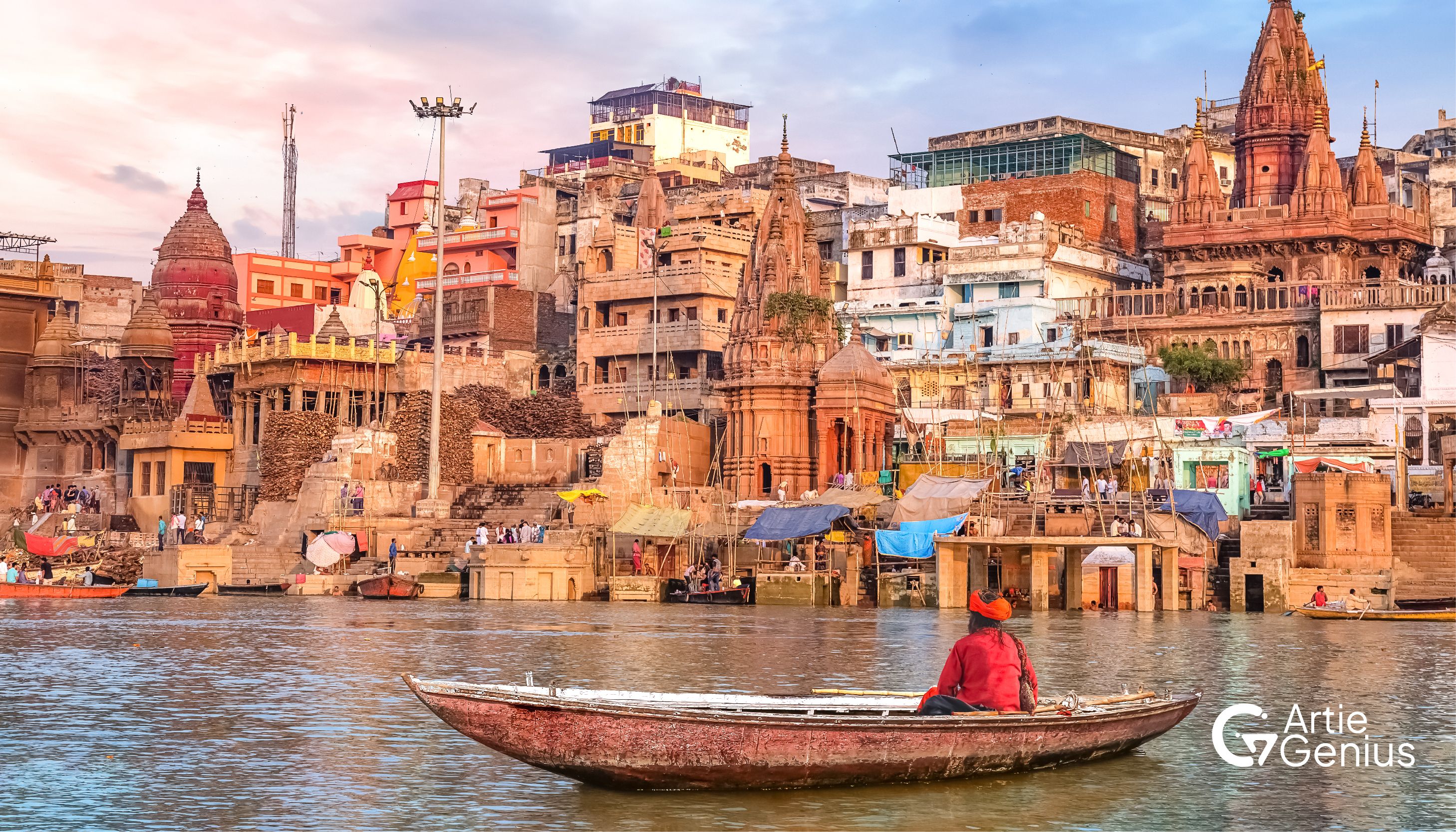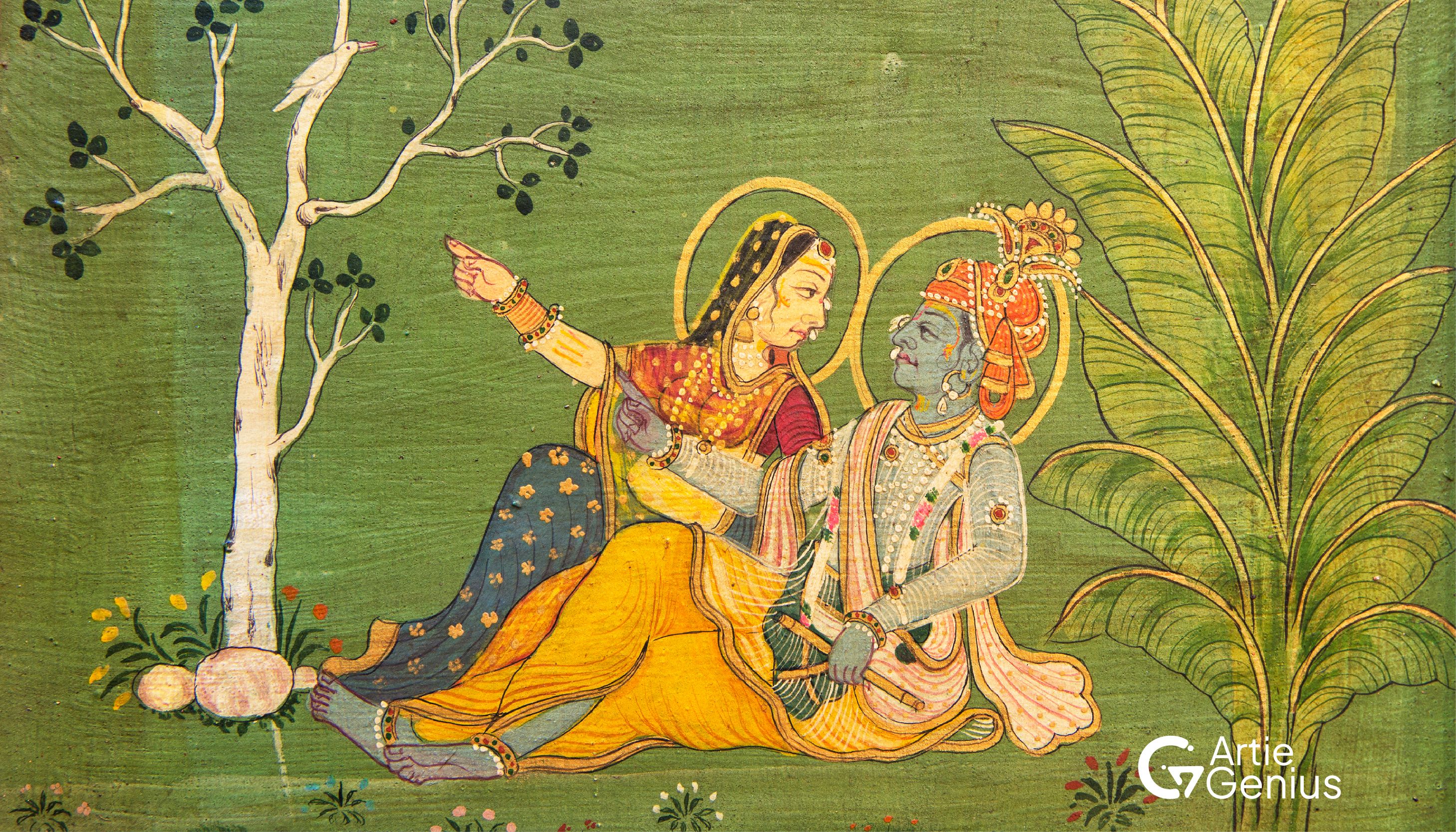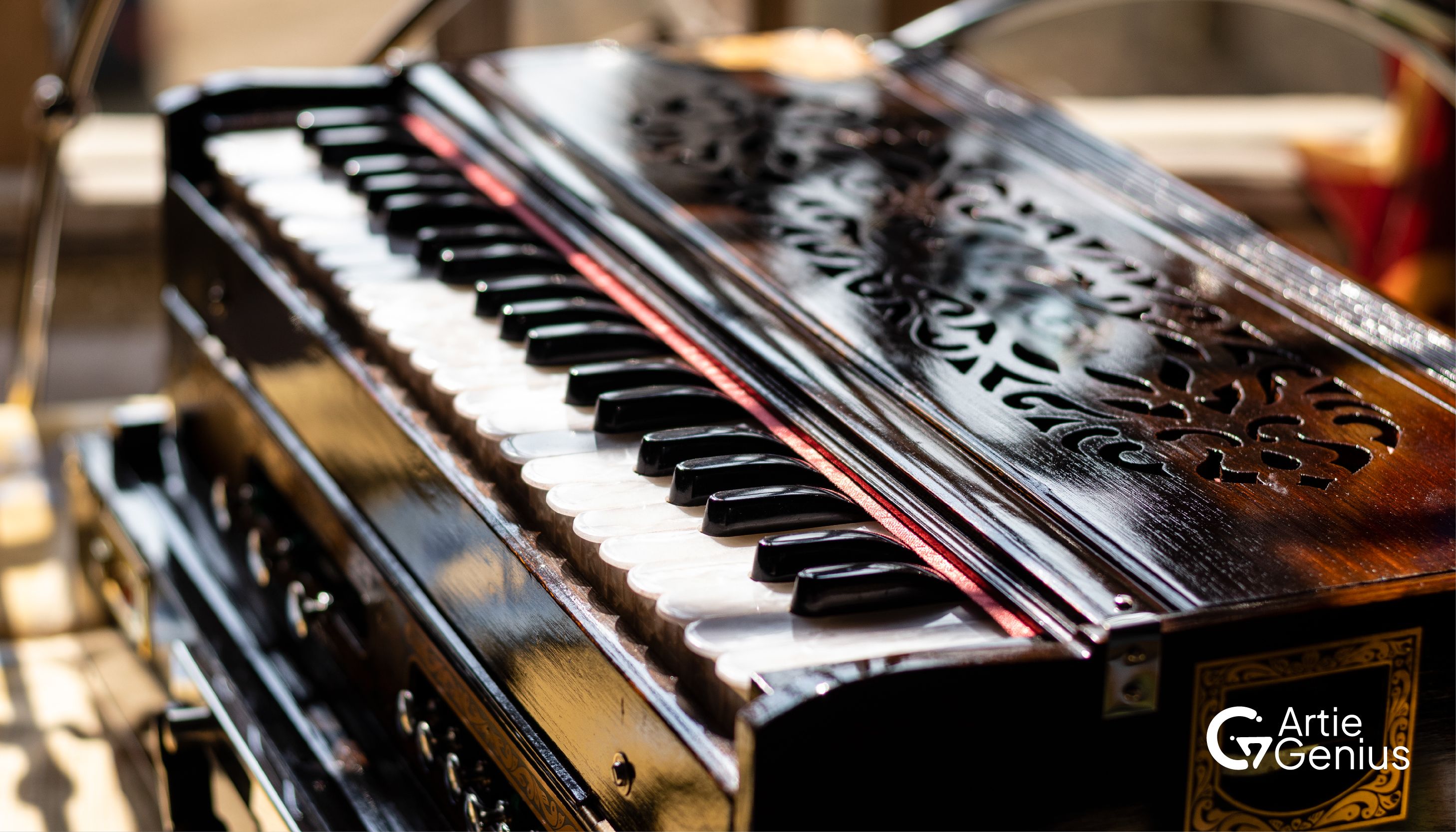You know, a type of movie that begins with a drone shot over some large desert, sprawling metropolitan area or picturesque mountain range? I mean that's a hell of a long shot! Long shots photography is a technique that one might typically think of in the cinematic world where filmmakers hug their subjects to capture every angle.

Framing in this way creates a story, and so it is very effective not only for filmmakers but also for photographers. Now, what are long shots and how do you nail it? We are going to go through this step by step in this guide.
What is an Extreme Long Shot?
An extreme long (ELS, or E.L.S.E) is a framing held at a considerable distance from the subject. Subject is either tiny or completely buried in the surroundings.
The Purpose of an Extreme Long
Opening the Scene: Treat an extreme long like a first sentence in a story. It tells viewers where they are in a busy city or quiet woods. Scale: This technique allows you to demonstrate the scale, size, or enormity of the landscape in relation to the subject (in this case, your car). Sprinkling Drama: These shots add touchy feelings. A single, solitary figure on a vast desert. That screams solitude. A crowd in a stadium. Pure energy.
Step-by-Step Guide to Capturing Long Shots Photography
Step 1: Understand the Concept
“But before you mess with your camera settings, hear me out on long shots photography. While close-ups can blow up each crease and grin, the long shot is a style of photography in which it makes the breakthroughs – surrounding nagging shape out for objects. Your subject turns into a supporting character, adding to the scale, emotion and narrative of the image.
Step 2: Choose the Right Gear
Although any camera will, in principle, record long shots from far absent, a few hardware can assist with bringing your work to new levels: Wide-angle: Suitable for wide, expansive landscapes Wide angles such as 14mm or 24mm are common choices. Tripod: Consider investing in a high-quality tripod to prevent shaky frames most especially if you are shooting time-lapses or lowlight conditions. Drone (optional): Drones are the game changer for any extreme long that needs a bird’s eye view.
Step 3: Plan Your Shot
Much of the beauty behind long shots photography is often preparation. Hour of the Day: The golden hour before sundown & after dawn offering soft impact light. Weather Conditions: Clouds, fog or even storms can create drama in your shot. Rule Of Thirds: It works great when it comes to subject placement.
Step 4: Adjust Your Camera Settings
When you shoot an extreme long shot, you must adjust your setting: Aperture: Use a narrower aperture (higher f-stop number) such as f/11 or f/16, ensuring that most of the plane is sharp. Shutter Speed: Here, you'll want to adjust your shutter speed based on the light that day. In landscapes, slower shutter speeds allow you to achieve dreamy effects such as smoothened water and cloud trails. ISO: Lower setting if possible (i.e. 100) to reduce noise.

Step 5: Shoot and Experiment
Now, the fun part comes in; you get to use your imagination bows. Play with angles and perspective, maybe even extra post-processing effects to make your long shots photography shine.
Examples to Inspire You
To get your creative juices flowing, check out these examples of extreme long shots:
Iconic Landmarks Just imagine the Eiffel Tower from the Champ de Mars or the Taj Mahal with its reflecting pool. The greatness of the monuments is accentuated by surrounding them with expanse.
Natural Landscapes Alone hiker atop a mountain ridge with the expansive wilderness below Shots reminiscent of scenes from The Lord of the Rings.
Urban Sprawls Show the busy activity of a city up high. Long shots photography is beautifully illustrated by this gorgeous aerial night photo of the NYC skyline taken from a drone.
Human vs. Nature

The image of a single boat adrift on a bottomless sea or a climber tackling the face of El Capitan emphasizes the discrepancy between human struggle and natural scale.
Cinematic Masterpieces Extreme long shots are often employed in films as an establishing shot. For example, Lawrence of Arabia begins with sweeping desert shots, establishing themes of both isolation and adventure.
Why Master Long Shots Photography?
- If you are asking yourself what a Seichersoto long shot is getting screwed, you should do so to take some time.
- It Has a Narrative: Each extreme long encourages the viewer to ponder what story lies behind this image.
- It Does Invite Alternative Perspective: Since the subject of photography is the environment, it forces thoughts about framing from a very different lens.
- It goes across genres: Landscape, architecture, wildlife and even urban photography You can use long shots with many different types of genres.
Conclusion
Long shots photography keeps an honorific status in the visual narrative universe as it presents a soul-stirring viewpoint that glorifies and magnifies the surroundings. The long shot makes up for tone, mood and scale and is a favorite amongst photographers as well as filmmakers. With this style as a reference point and some upcoming examples of low extreme long shots you can help tell evocative stories with dynamic realness.
FAQs: 1. What does an extreme long shot do? Extreme long provide context, help convey scale and can have an emotional effect by emphasizing the surroundings of the subject.
2. Why are long shot photographs different from close-ups? Close-up photography shows you the details while long shot talks about the environment, positioning a subject as part of a larger whole.
3. What are examples? Common subjects include iconic files, sweeping nature and a person in the desert.
4. Can a beginner take long shot photos? Absolutely! By some simple planning, pretty much anyone can try and shoot beautiful extreme long shots with relatively minimal equipment.



